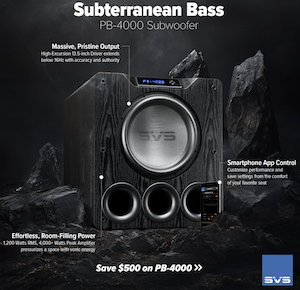So far I have tested either with 5s pink noise, or 15s music clip, and two different speakers. Unfortunately I don't have another audio interface, and my only other XLR mic is a large condenser vocal mic, not a measurement mic but I suppose it couldn't hurt to try just for comparison.
Testing in my office space, the primary source of background noise is my PC, however it is a rather quiet one, I use Noctua fans throughout with optimized speed control, and there is a sound baffle on the front air intake. In my testing, the possibility of a "bad" measurement appeared to be completely random, not correlated to background noise, it doesn't matter if I try to keep very quiet or not. See post 115 above, noise floor is the same between the two measurements shown there. Other thing to note is that when listening to the residual files for my music tests, the "problem" exists throughout the entire 15s measurement. I thought perhaps some small timing errors were to blame, but I get the same result using timing markers or not.
FWIW, here's an RTA of my background noise this morning in a quiet house, so only computer noise, and my mouse movements and breathing.

I'd really like to get to the bottom of this so I can make the best use of FSAF. As it is, unfortunately I can't put much trust in the result of a single measurement, so I must take several and pick the best one.
Testing in my office space, the primary source of background noise is my PC, however it is a rather quiet one, I use Noctua fans throughout with optimized speed control, and there is a sound baffle on the front air intake. In my testing, the possibility of a "bad" measurement appeared to be completely random, not correlated to background noise, it doesn't matter if I try to keep very quiet or not. See post 115 above, noise floor is the same between the two measurements shown there. Other thing to note is that when listening to the residual files for my music tests, the "problem" exists throughout the entire 15s measurement. I thought perhaps some small timing errors were to blame, but I get the same result using timing markers or not.
FWIW, here's an RTA of my background noise this morning in a quiet house, so only computer noise, and my mouse movements and breathing.
I'd really like to get to the bottom of this so I can make the best use of FSAF. As it is, unfortunately I can't put much trust in the result of a single measurement, so I must take several and pick the best one.
Last edited:












